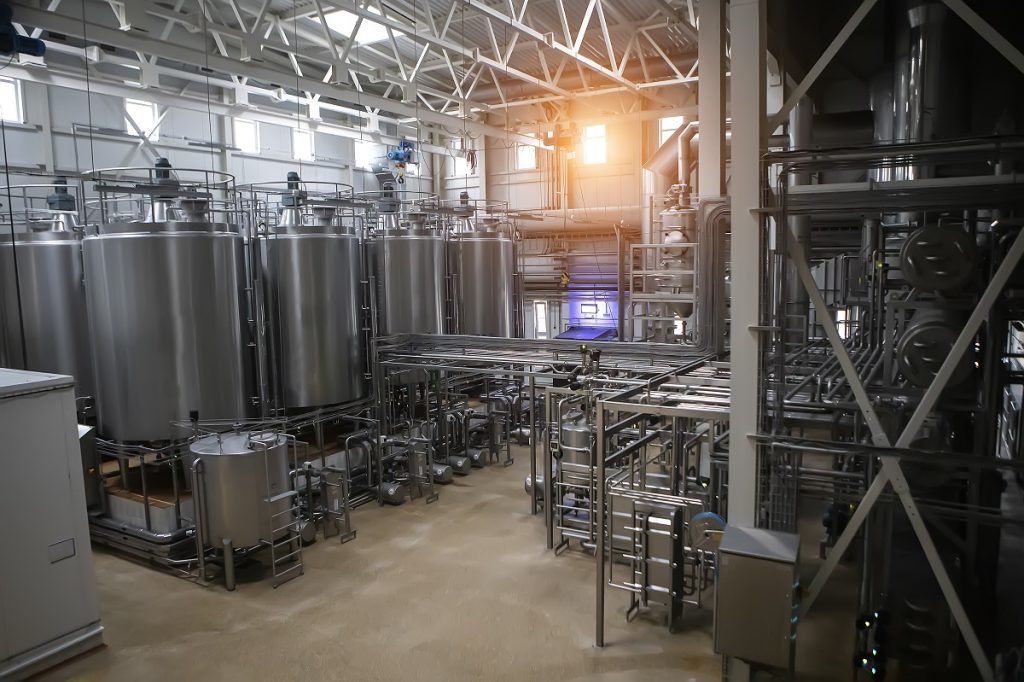Welding Stainless Steel in the Food Industry: Key Aspects and Technologies

Introduction
Welding stainless steel plays a crucial role in the food industry, where safety and hygiene are paramount. This article discusses why stainless steel is the material of choice, details the types of steel most commonly used, and explains why the TIG method is preferred in this sector.
Why Stainless Steel in the Food Industry?
Properties of Stainless Steel
Stainless steel is characterized by its exceptional resistance to corrosion, making it an ideal material for food contact. Its mechanical properties and ease of cleaning are invaluable in food production environments.
- Corrosion Resistance: Due to its high chromium content, stainless steel does not rust or oxidize, which is critical in humid conditions.
- Health Safety: Acid-resistant steel does not react with food, preventing contaminants from leaching into food products.
- Ease of Cleaning: The smooth surface of stainless steel facilitates the removal of bacteria and other contaminants.
Legal Requirements
In the food industry, materials that come into contact with food must meet stringent sanitary and epidemiological standards. Stainless steel complies with European Union regulations regarding food safety due to its properties.
Types of Stainless Steel
- 304 Stainless Steel: One of the most commonly used types in the food industry, it offers good corrosion resistance and versatility for kitchen tools, tanks, and piping.
- 316 Stainless Steel: A more advanced version of 304, it provides superior corrosion resistance, especially against chlorides and acids. It is frequently used in marine and chemical industries.
- Ferritic and Austenitic Steels: Ferritic steels (e.g., 430) have lower corrosion resistance but are more heat and mechanically durable. Austenitic steels (e.g., 304 and 316) are more resistant to corrosion and have better mechanical properties.
- Acid-Resistant Steel: This term often refers to stainless steel’s ability to withstand acids and chemicals, making it highly valued in chemical and food industries.
Welding Methods for Stainless Steel
Why TIG Method?
TIG (Tungsten Inert Gas) welding is preferred in the food industry for several reasons:
- High Quality Welds: This method ensures precise and aesthetically pleasing welds, crucial for high-quality applications.
- Minimal Contamination Risk: The gas shield protects the weld from atmospheric influences, reducing oxidation risks.
Welding Stainless Steel Pipes with Shielding Gas
When welding stainless steel pipes, a shielding gas (e.g., argon) creates a protective “cushion” around the weld:
- Protection Against Oxygen: The shielding gas prevents chemical reactions that could weaken weld quality.
- Increased Weld Durability: This process results in stronger connections that are less susceptible to corrosion.
Summary and Contact Invitation
Stainless steel plays an essential role in the food industry due to its unique mechanical and chemical properties. The choice of appropriate steel type and welding method significantly impacts the quality of final products.
If you need more information or a free quote for welding services for your project, please contact us! We are WeldFab, ready to assist you with your stainless steel and acid-resistant needs in the food industry.